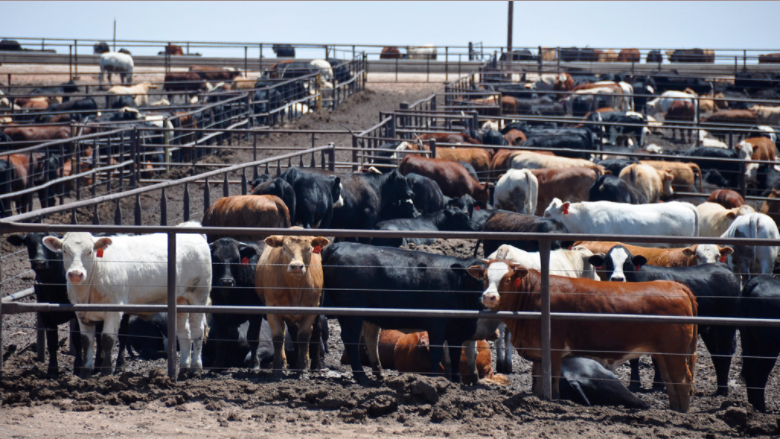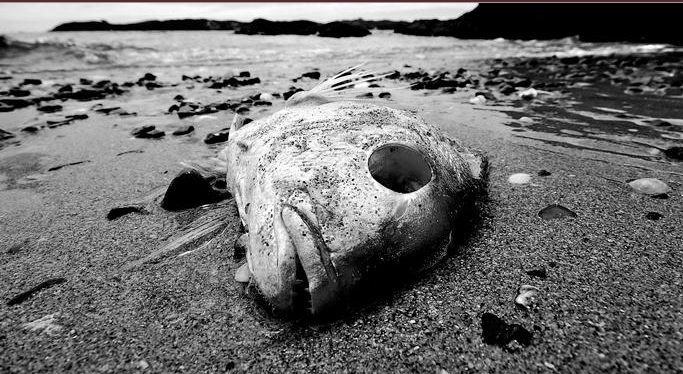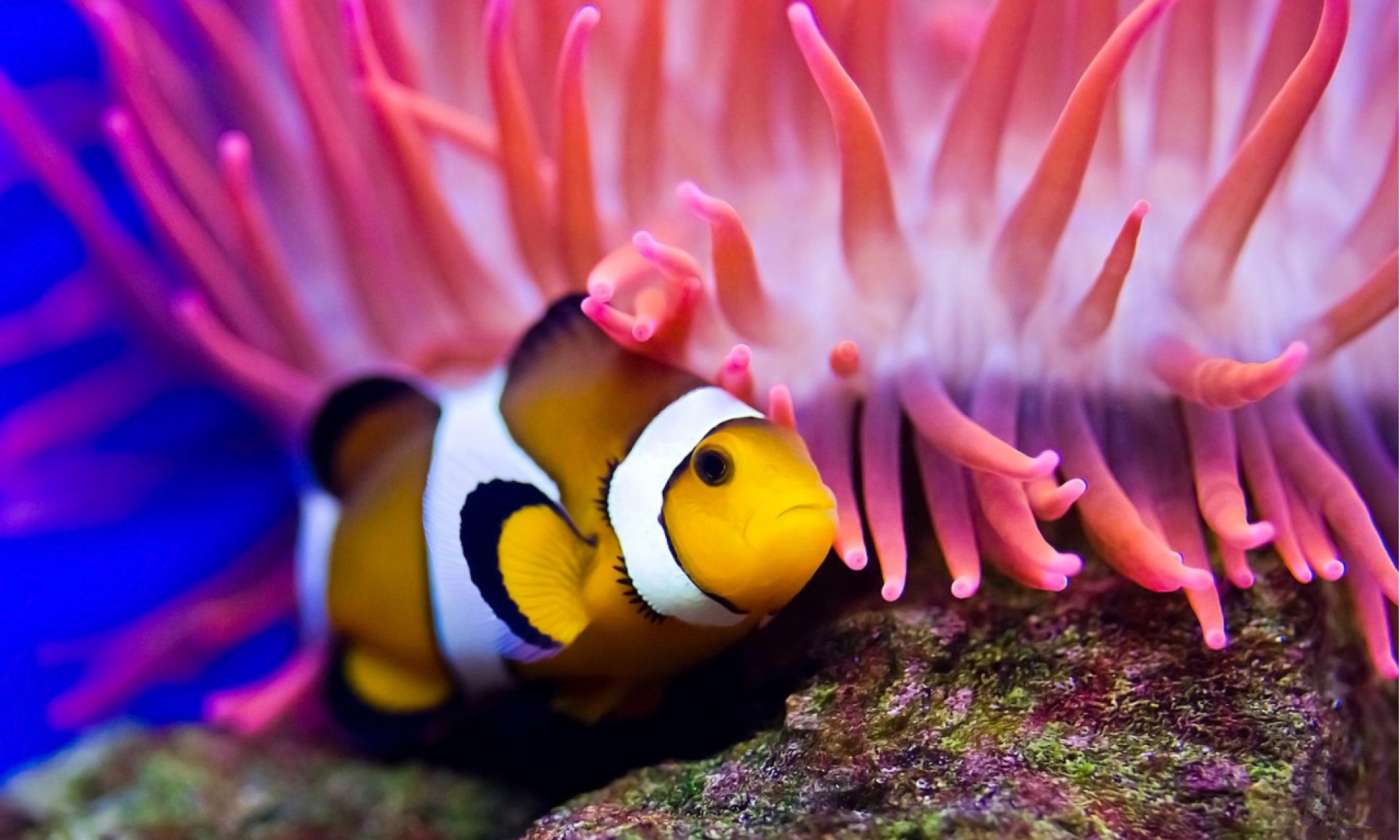Cows, Pigs, and Poultry. These animals are often found on farms, in our grocery stores, and even on our dinner plates, but what do these animals have to do with global sustainability and ocean health? Surprisingly, quite a lot.
Animal agriculture is now regarded as one of the most deadly killers currently affecting global sustainability and ocean health. With increasing global prosperity, and the increasing numbers of people purchasing and consuming animal products and animal by-products globally, meeting this increasing demand is resulting in catastrophic consequences world-wide.
According to the United Nations Food and Agriculture Organization, the global livestock sector is growing at an alarming rate, with global meat production alone projected to more than double from the 229 million tonnes in 1999/2001 to 465 million tonnes in 2050. Along with this substantial increase come extreme consequences for global sustainability. Not only does animal agriculture contribute immensely to global greenhouse gas emissions, being directly responsible for 18% of the total release of greenhouse gases worldwide, animal agriculture has been cited as the leading cause of species extinctions, habitat destruction, water pollution, and most significantly, is the leading cause of ocean dead zones.

What are ocean dead zones and why are they significant? Ocean dead zones are areas of large bodies of water that no longer contain enough oxygen capable of sustaining marine life. Ocean dead zones negatively impact coastal ecosystem functioning, predator-prey relationships, and spell death for most marine organisms; disaster on a global scale.

According to a study examining the impacts of dead zones on marine ecosystems published in Science in 2008, a total of 405 dead zones have been identified. The most infamous dead zone, a 8, 500 square mile area of the Gulf of Mexico on the south-east coast of the United States, is caused by chemical nutrient-rich run-off from the Mississippi River, directly affecting ocean health and local fish populations.
Some ocean dead zones occur naturally, and are caused by natural nutrient upwelling and/or shifting of routine wind and water patterns. However, the majority of dead zones worldwide are a direct result of farm animal agricultural practices. In a process known as eutrophication, increases in the amount of chemical nutrients in the water lead to excessive algae blooms. As the algae die, microbes decompose the organic matter, a process that uses up most of the oxygen present in the water. As a result, many marine organisms are unable to survive in these low oxygen areas and either vacate or die within these ocean zones leaving a barren ‘dead zone’ in their wake.

Now you may be wondering, how does animal agriculture directly impact the health of the oceans? It is the improper disposal of nutrient-rich animal waste that is the leading cause of ocean dead zones. The US Environmental Protection Agency estimates roughly 335 million tonnes of manure (measured in dry weight) is produced by livestock in the United States alone. Coupled with excess fertilizer run-off from the production of animal feeds such as corn and soy, the by-products of animal agriculture are a deadly combination for our oceans.
What can WE do?
The good news is dead zones are reversible, IF the causes of their formation are reduced or eliminated. Unfortunately, this is a big IF, because the current demand for meat and meat by-products continues to drive unsustainable detrimental practices. Solutions such as reducing global demand for meat and meat by-products, limiting the use of agricultural fertilizers, and implementing effective water treatment to off-set chemical run-off, will require substantial commitment and change on a local, national, and global level. And unlike some stakeholders in the industry would like you to believe, these solutions are feasible and sustainable now. With enough public support and consumer leverage demanding these changes, we can turn this around.
Change starts at home. What are you waiting for?

INSIGHTFUL AND POWERFUL INDICTMENT OF OUR CASUAL DISREGARD FOR OUR OCEANS AND THE CALL TO WAKE UP
Thank you for sharing. Yes, because of our American and human addiction to eating meat, poultry, dairy and eggs, we are directly responsible for what Animal Agriculture does.
Our addiction is helping the earth to be destroyed.
Years ago I decided to change. As I learned how the animals were bred and slaughtered, I stopped consuming them and became a whole food ethical vegan. Afetr that I learned about the pollution that farm animals and the industry, create. It is not difficult to be vegan, but it does take educating yourself, and having the courage to swim upstream. Start simple, try a 30-day vegan challenge, where you substitute beans, nuts, and maybe tofu, for
the animals yoiu consume. Many websites will help you to do this.